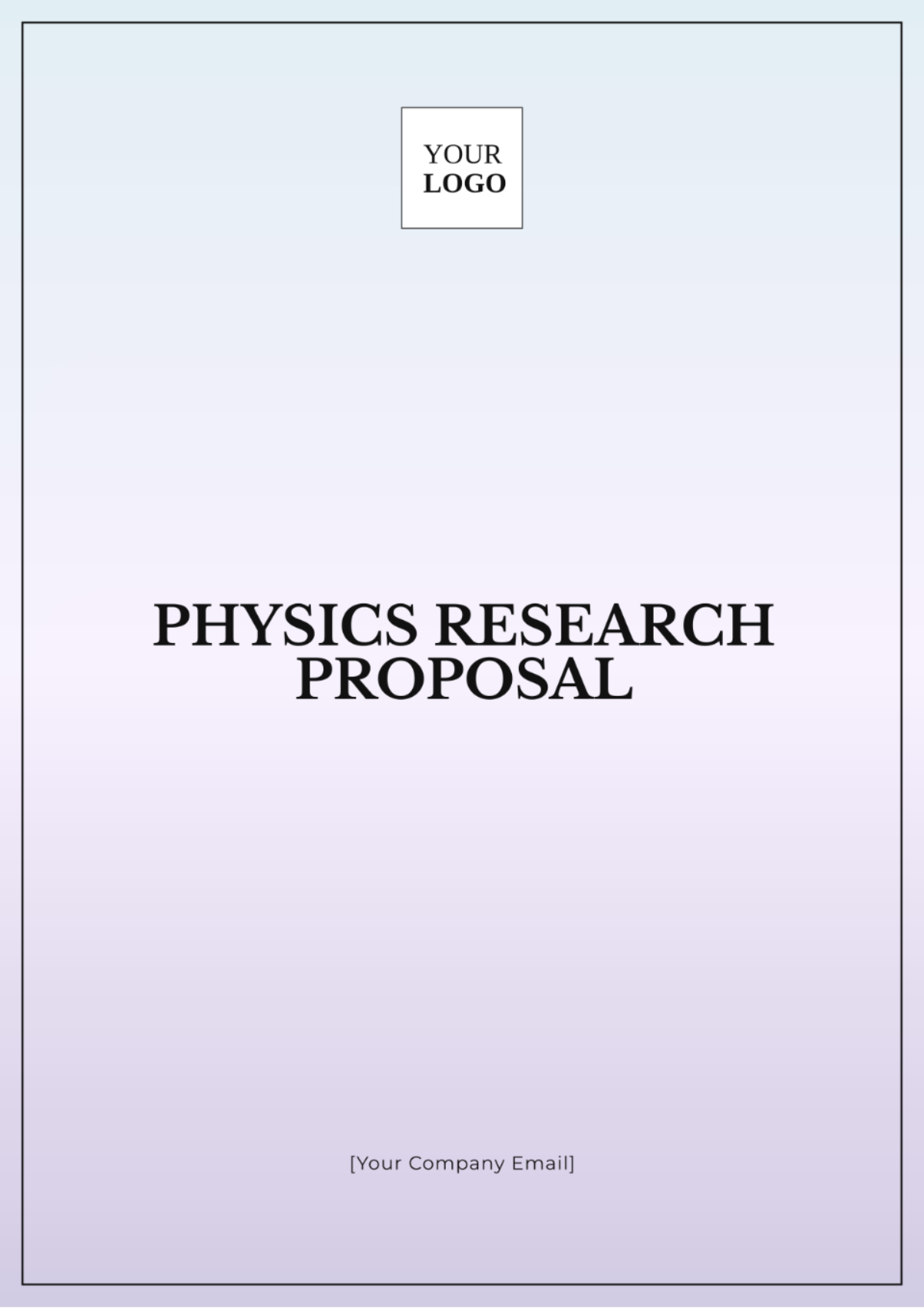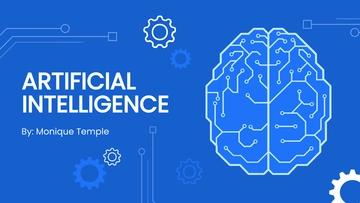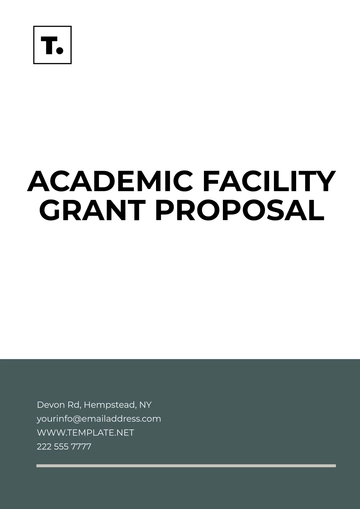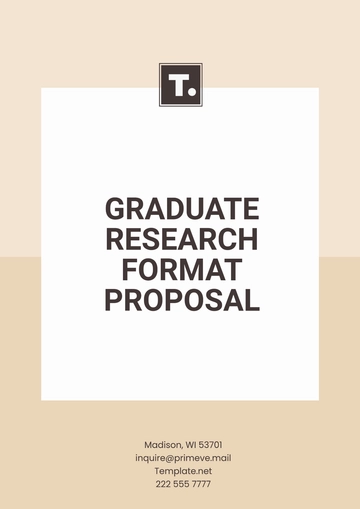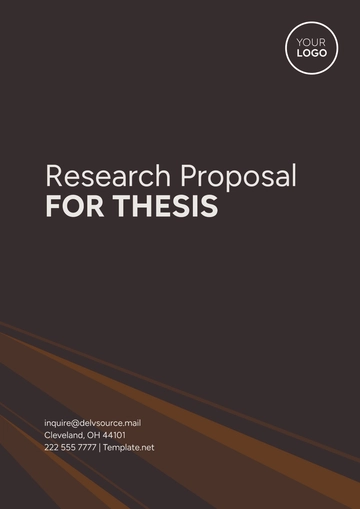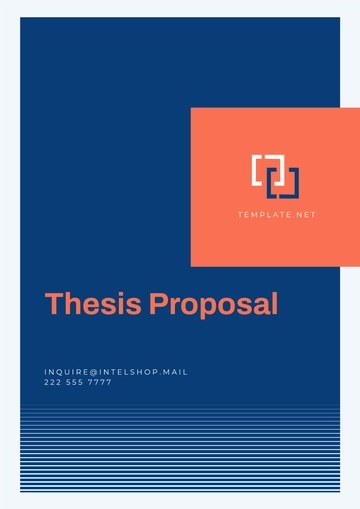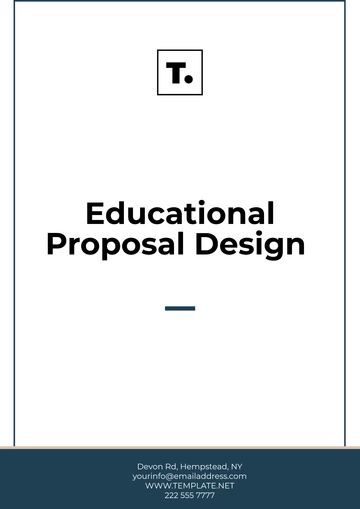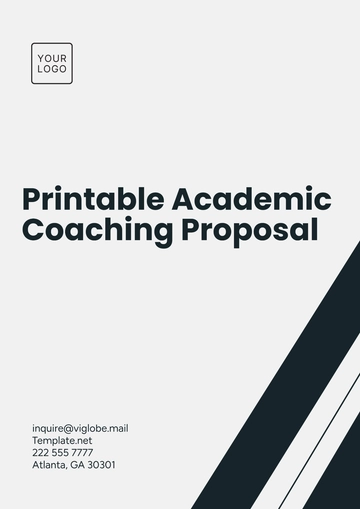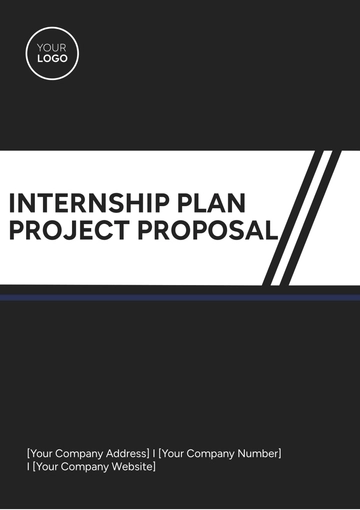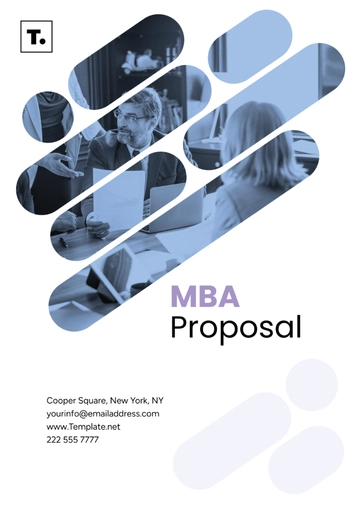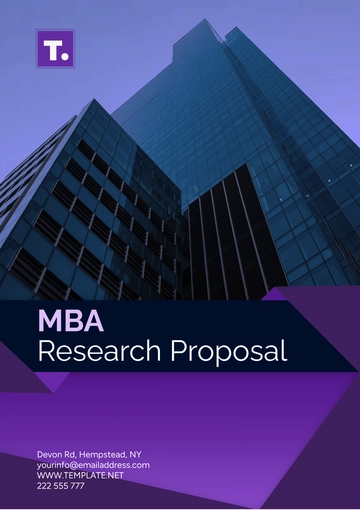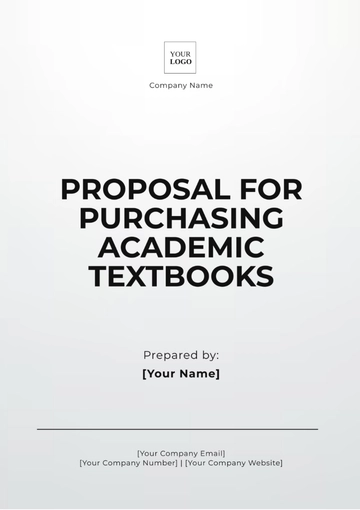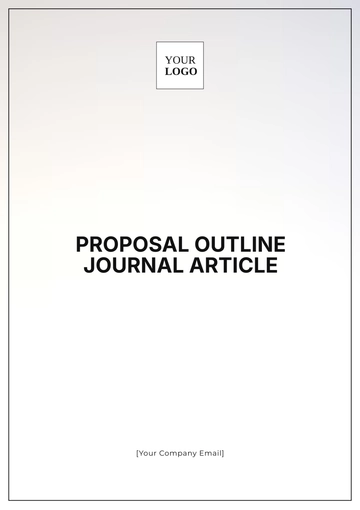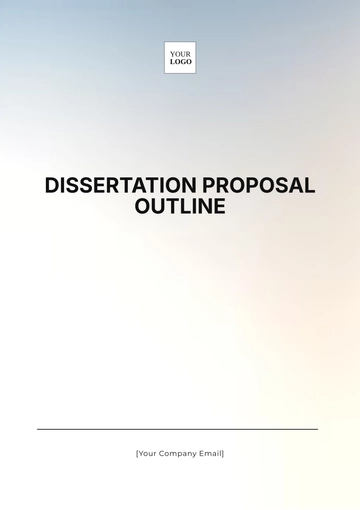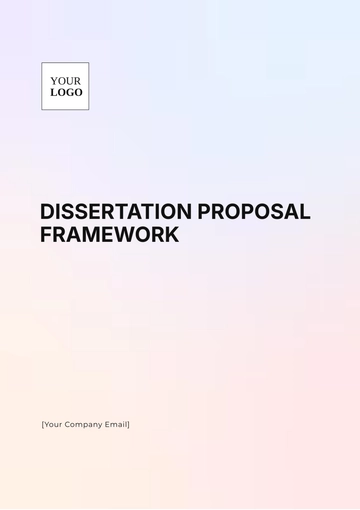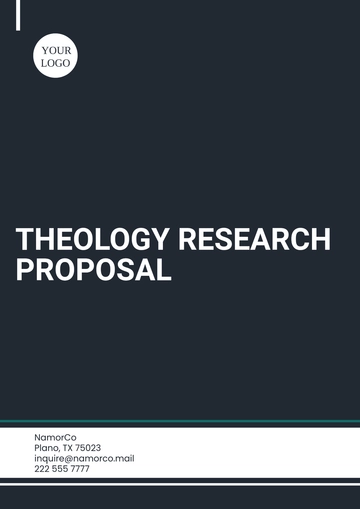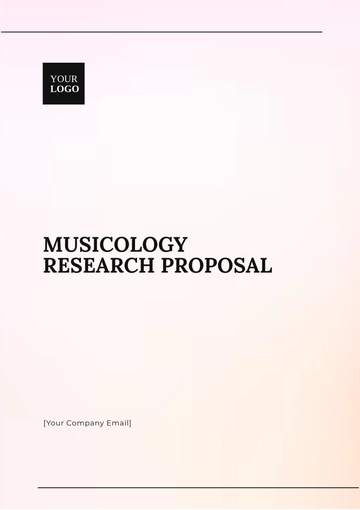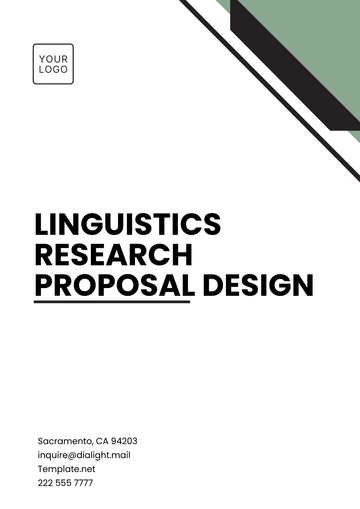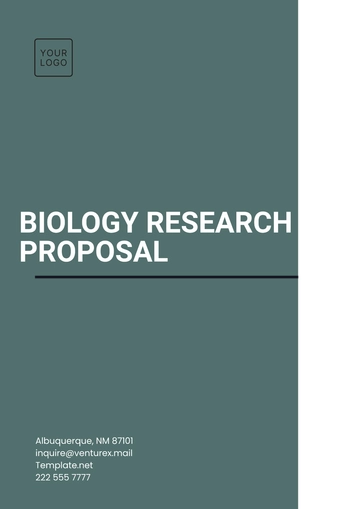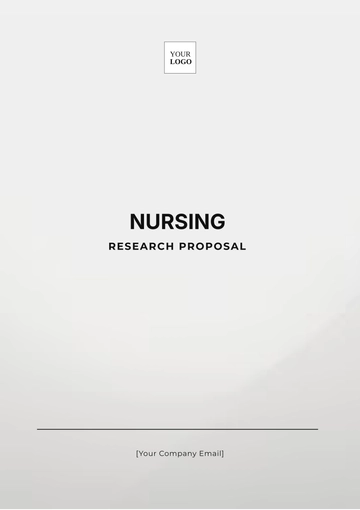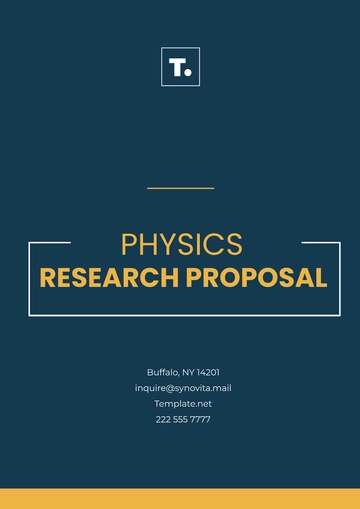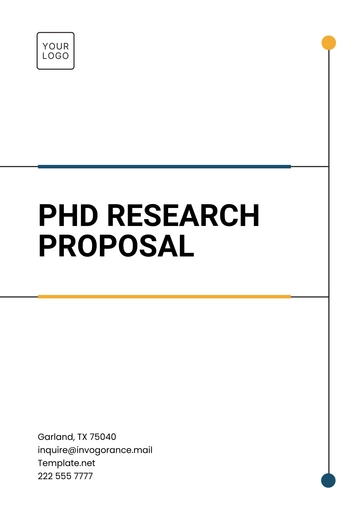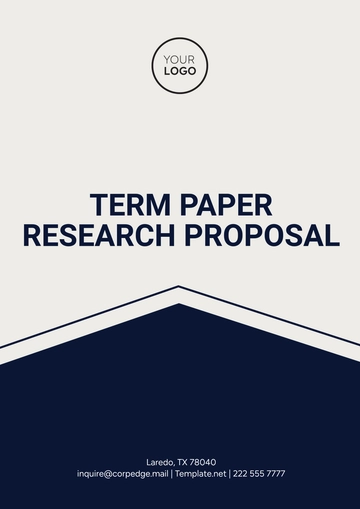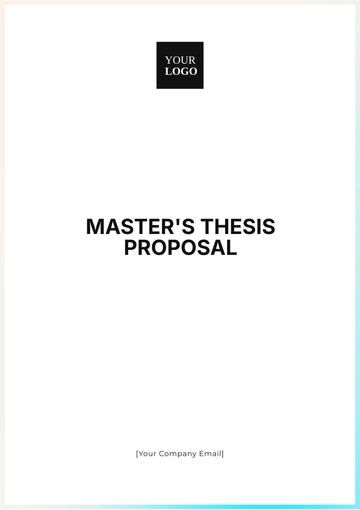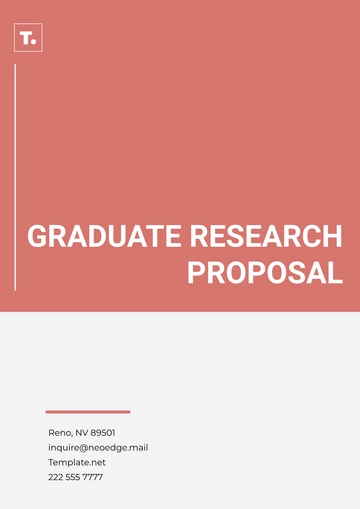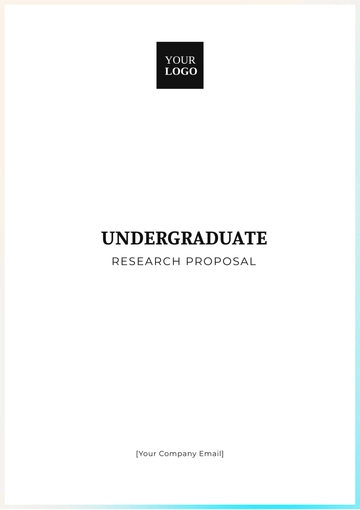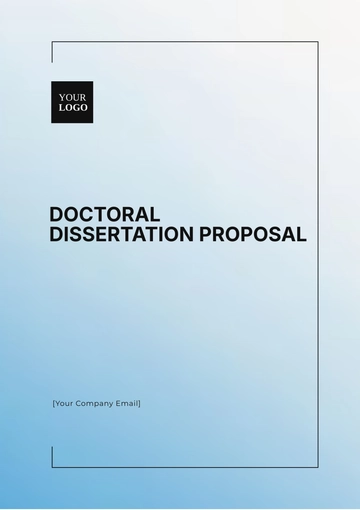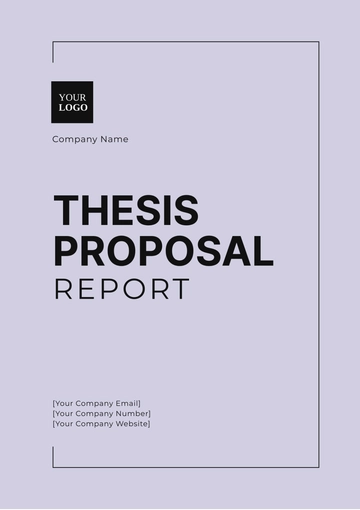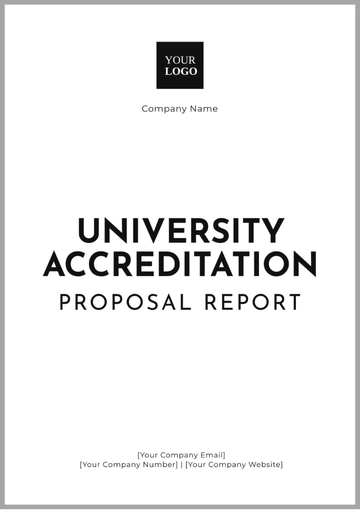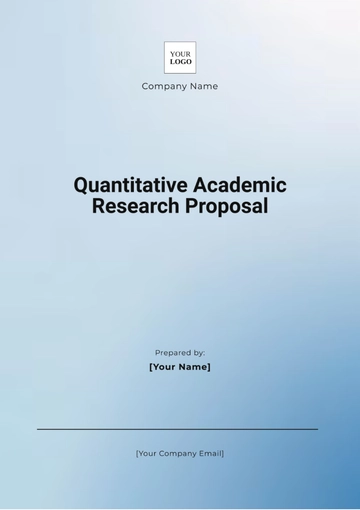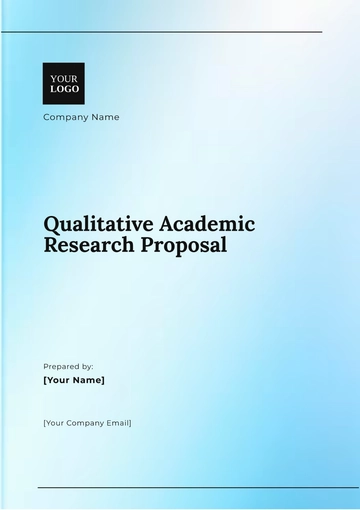Physics Research Proposal
Prepared By: [YOUR NAME]
Date: [DATE]
I. Abstract
This research proposal aims to investigate the intricacies of quantum entanglement and its potential applications in quantum computing. Utilizing a combination of experimental and theoretical approaches, the research seeks to elucidate the underlying principles governing entanglement. The significance of this study lies in its potential to revolutionize computational methods and enhance our understanding of quantum mechanics.
II. Introduction
Quantum entanglement is a phenomenon where particles become interconnected such that the state of one particle instantaneously affects the state of another, regardless of distance. Despite significant advancements, the full potential and implications of entanglement remain largely unexplored. This research addresses the hypothesis that a deeper understanding of entanglement can lead to breakthroughs in quantum computing and information theory.
III. Objectives
IV. Literature Review
Significant research has been conducted on quantum entanglement since its theoretical postulation by Einstein, Podolsky, and Rosen in 2035. Studies by Bell (2064) provided crucial insights into non-local interactions. Recent experimental advancements include the creation of entangled photon pairs (Aspect et al., 2082) and the development of quantum algorithms (Shor, 2094). However, gaps remain in understanding the full scope of entanglement's applications and theoretical underpinnings.
V. Methodology
A. Experimental Design
B. Theoretical Approach
VI. Expected Results
VII. Timeline
Stage | Duration |
|---|
Literature Review | Months 1-2 |
Experimental Setup | Months 3-5 |
Data Collection and Analysis | Months 6-10 |
Theoretical Modelling | Months 11-13 |
Final Report and Publications | Months 14-15 |
VIII. Budget (if applicable)
Category | Amount |
|---|
Equipment and Materials | $50,000 |
Personnel (Researchers and Assistants) | $70,000 |
Computational Resources | $20,000 |
Miscellaneous | $10,000 |
Total | $150,000 |
IX. References
Aspect, A., Dalibard, J., & Roger, G. (2082). Experimental test of Bell's inequalities using time-varying analyzers. Physical Review Letters, 49(25), 1804-1807.
Proposal Templates @ Template.net
